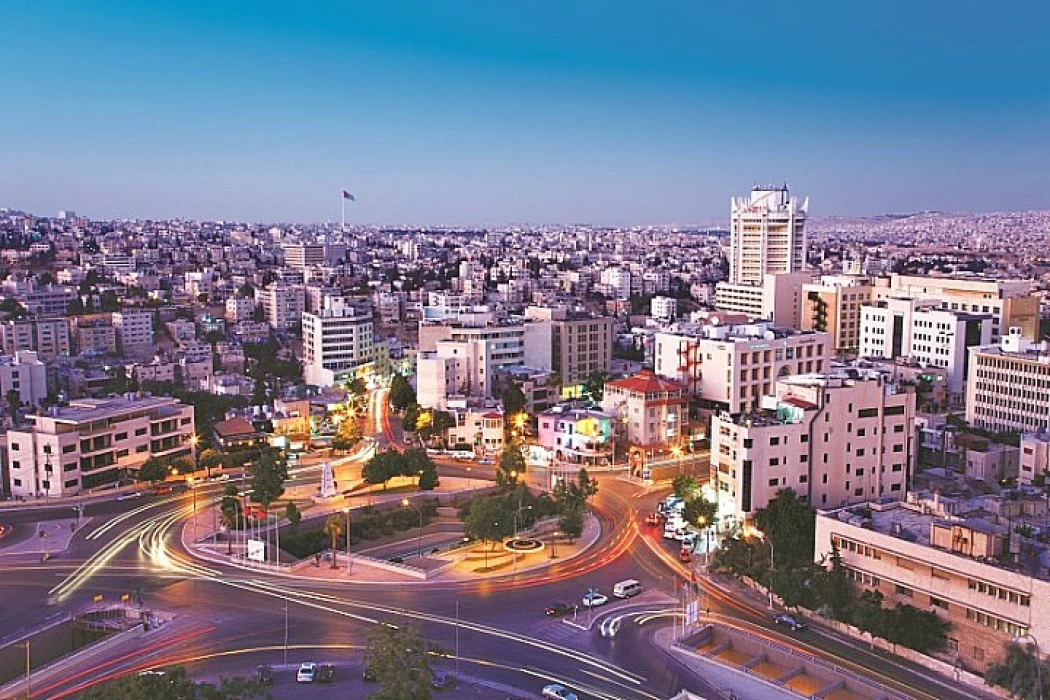
Transportation in Jordan | Taxis in Jordan | Railway in Jordan
Transportation in Jordan
In Amman the ancient and the modern intertwine relentlessly, in fact, the city stands on top of a mountain or "Jabal" and is characterized by various districts and neighborhoods that can be useful for finding your way in the chaotic traffic. From the skyscrapers that rise in the newly built Abdali district to the picturesque shisha clubs in the city center, 2 JD is enough to reach any destination you are looking for by taxi.
Taxis are inexpensive and often represent the most convenient form of transportation in Jordan. The "public taxis", white in color, are a shared service and usually have fixed routes. Private yellow taxis are the most common and can be and are easily reached outside large hotels, or can be stopped on the street. Taxis have a meter, but it is not always used after 23:00, so it is advisable to agree on the cost of the journey in advance. Taxi drivers are friendly, know the city well, and usually speak English. For women, it is advisable to sit in the rear seats of the taxi. Tipping is not mandatory, but taxi drivers often don't have the rest to give you, so don't be surprised if you miss around 200 fils (20 plates) from the final remainder.
Taxis in Jordan
The Hejaz Railway was built by the Ottomans between 1900 and 1908 with the main intention of promoting the movement of pilgrims heading to Muslim holy places in Arabia. It also served to strengthen Ottoman control over the furthest provinces of their empire. The mainline connected Damascus to Medina, for a distance of 1,320 km, through the Trans-Jordan via Zarqa, Al-Qatranah, and Ma'an and towards north-western Arabia up to the Hejaz region where Medina and Mecca are located.
The railway replaced the old caravan route, once used to transport goods to and from Damascus and Arabia, a round trip that took about four months to complete. The caravan merchants certainly did not welcome this new means of transport, which posed a serious threat to their survival, and in fact, made many attempts to sabotage its construction.
Railway in Jordan
Four years after its completion in September 1908, the Hejaz railway carried around 300,000 passengers per year. It was not just about pilgrims - the Turks had started using the railway to transport troops and supplies and, during the First World War (1914-1918), numerous attempts were made to destroy it with the intent to prevent the advance of the Turkish army.
Unfortunately, this railway is no longer in operation today, it has remained as an exhibition and if you are in Amman and near the Roman Theater, you can go and sit on the elegant Royal Carriage.
Latest Articles
Admin
Seabourn Sojourn Cruise Stops in Safaga Port
The Seabourn Sojourn, the flagship vessel of Seabourn Cruise Line's ultra-luxury fleet, was built in 2008 at the T. Mariotti shipyard in Genoa, Italy. Measuring 198 metres, it can accommodate up to 450 guests in its 225 spacious all-suite staterooms.
Admin
Norwegian Sky Cruise Stops in Safaga Port
Norwegian Cruise Line operates a cruise ship called the Norwegian Sky. It was constructed in 1999 and can accommodate 2,004 passengers in addition to 878 crew members. The ship has several dining establishments, lounges and bars, a spa and fitness center, swimming pools, and a number of entertainment areas.
Admin
Explora II Cruise Stops in Safaga Port
Explora II, the second vessel in the Explora Journeys fleet, sets sail in 2024 to redefine luxury cruising. With 461 ocean-front suites, 9 culinary experiences, and 4 pools, this haven of sophistication and sustainability promises an unforgettable "Ocean State of Mind" journey to inspiring destinations.
Admin
Mein Schiff 6 Cruise Stops in Safaga Port
The Mein Schiff 6 is the latest cruise ship in the renowned TUI Cruises fleet, offering passengers a luxurious and sophisticated cruise experience. At 315 metres long, this floating resort features a range of dining options, entertainment, and recreational facilities, including a spa, fitness centre, and sports amenities.
Admin
Mein Schiff 4 Cruise Stops in Safaga Port
When the Mein Schiff 4 cruise ship docks in Safaga, Egypt, passengers are granted access to a realm of ancient wonders. Aboard this state-of-the-art vessel, guests can embark on meticulously curated shore excursions that showcase the region's most iconic landmarks, including the Giza Pyramids, the enigmatic Sphinx, and the remarkable tombs and temples of the Valley of the Kings in Luxor.
Admin
MS Europa Cruise Stops in Safaga Port
The Silver Moon, Silversea's latest flagship, is a luxury cruise ship that offers an exceptional travel experience for Venezuelans exploring Egypt. With a capacity of 596 guests and an impressive 40,700 gross tonnes, the Silver Moon maintains the small-ship intimacy and spacious all-suite accommodations that are the hallmarks of the Silversea brand.













